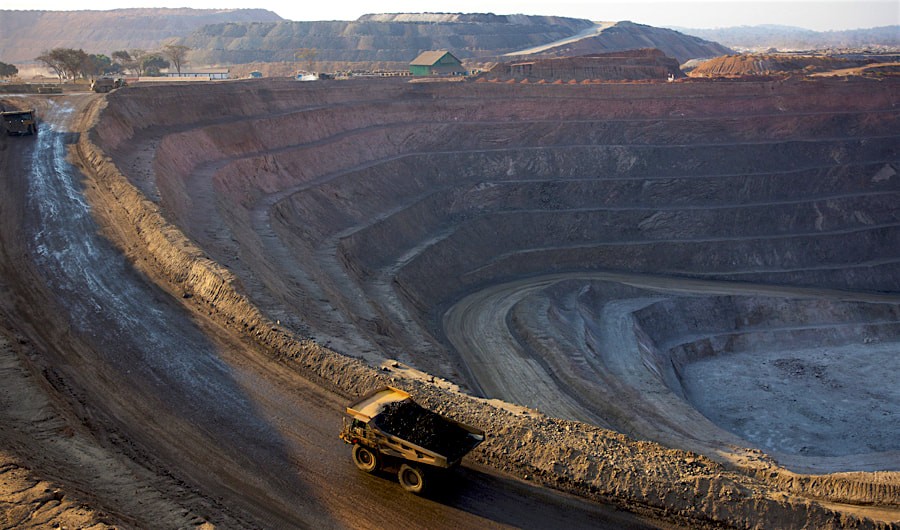Cobalt is a silver-blue mineral used in pottery, ceramics and tiles. But it has more valuable use in batteries of electric vehicles (EV), computers, and cell phones. More than 70% of cobalt is produced in the Democratic Republic of Congo. The EV revolution has brought cobalt in the limelight. Cobalt prices surged 46.5% in 2021 as recovery in EV sales boosted demand faster than supply. According to JATO data, global EV sales surged 108% year over year in 2021 on the back of pent-up demand from the pandemic year.
Cobalt Outlook for 2022
When it comes to commodities, miners determine the production capacity on the commodity price and market condition. Entering 2022, analysts expected cobalt prices to ease in the second half as miners increase cobalt production to meet demand. Moreover, EV sales are expected to be lower than in 2021 as the acute semiconductor shortage creates an order backlog.
But February 24 changed the commodity world as Russia declared war on Ukraine. Russia is the world’s second-largest producer of cobalt. Although western countries have not imposed sanctions on Russian cobalt, importers are seeking alternate suppliers. The ban on Russian planes and ships in several airports and SWIFT sanctions on Russia makes it difficult for foreign companies to do business with Russia. Moreover, developments in the war will constantly create uncertainty around supply from Russia.
This disruption in the global supply chain drove prices of commodities in which Russia is a major exporter. As per CRU data, European metal prices started 2021 at around US$32 but approached US$40 by March-end. While the war is impacting cobalt supply, rising COVID-19 cases in China threaten the demand side. China is the world’s leading consumer of cobalt, consuming more than 80% cobalt to make batteries. An extended lockdown in China could impact battery and EV production and slow cobalt demand growth.
In the light of the current situation, both demand and supply are under pressure. This could keep cobalt prices very volatile throughout the year. You can get exposure to this volatility by investing in cobalt ETFs.
Top Five Cobalt ETFs for 2022
VanEck Green Metals ETF (GMET)
Launched in November 2021, the GMET ETF invests 19% of its funds in cobalt companies and the rest in copper, lithium, rare earth and zinc companies. It has 48 holdings, with its top holding being the world’s largest cobalt producer Glencore. The ETF has $25.5 million in assets under management (AUM) and tracks the MVIS Global Clean-Tech Metals Index. It has a reasonable cost of 0.59% and gives you exposure to cobalt companies in China that are otherwise not available on NYSE.
VanEck Rare Earth/Strategic Metals ETF (REMX)
You can get a bigger ($913.3 million AUM), less diversified (20-stock portfolio) ETF for the same cost. Launched in October 2010, the REMX ETF has only 8% invested in cobalt through China’s Zhejiang Huayou Cobalt, making GMET a better cobalt ETF. The REMX tracks the MVIS Global Rare Earth/Strategic Metals Index and invests 40% in Australia, 26% in China and 10.4% in the United States (10.4%).
Amplify Lithium & Battery Technology ETF (BATT)
Launched in June 2018, the BATT ETF gives you 8% exposure to cobalt at the same cost as the above ETFs. BATT invests in companies related to lithium battery technology, and cobalt is an essential metal. It has a $201.6 million AUM spread across 87 stocks that track the EQM Lithium & Battery Technology Index. If you want to invest in cobalt because of the EV revolution, the BAAT ETF is a good fit as its top holdings include Glencore and Tesla. China, the US, and Australia account for over 60% of the ETF portfolio.
Global X Disruptive Materials ETF (DMAT)
Founded in January 2022, DMAT has 6.6% exposure in cobalt. It invests in materials for disruptive technologies like lithium batteries, solar panels, wind turbines, fuel cells, robotics, and 3D printers. Its $5.34 million AUM is distributed across 50 stocks involved in zinc, palladium & platinum, nickel, manganese, lithium, graphene & graphite, copper, cobalt & carbon fibre. Once again, China leads the portfolio with a 22% investment. DMAT is cost-competitive with the above two ETFs and tracks the Solactive Disruptive Materials Index.
iShares MSCI Global Metals & Mining Producers ETF (PICK)
Launched in January 2012, PICK is the oldest ETF on my list, with the broadest portfolio of 218 holdings. With $1.69 billion AUM, it has a lower cost of 0.39% and only 5% exposure to cobalt. It has a higher exposure to steel (31%) and copper (10%). Its top holdings include BHP Group and Rio Tinto. This ETF is different as it has significant exposure to Australia, the United Kingdom, and the United States. The ETF is at the bottom of my list as it is not a cobalt-specific ETF but a generic mining ETF.
Note that metal prices are highly volatile. Prices of EV-related metal fell in April due to rising COVID cases in China. The above ETFs might mitigate the volatility, but they are still high-risk investments.
Disclosure: The author holds no position mentioned in this article. Freedom Stocks has a disclosure policy.









